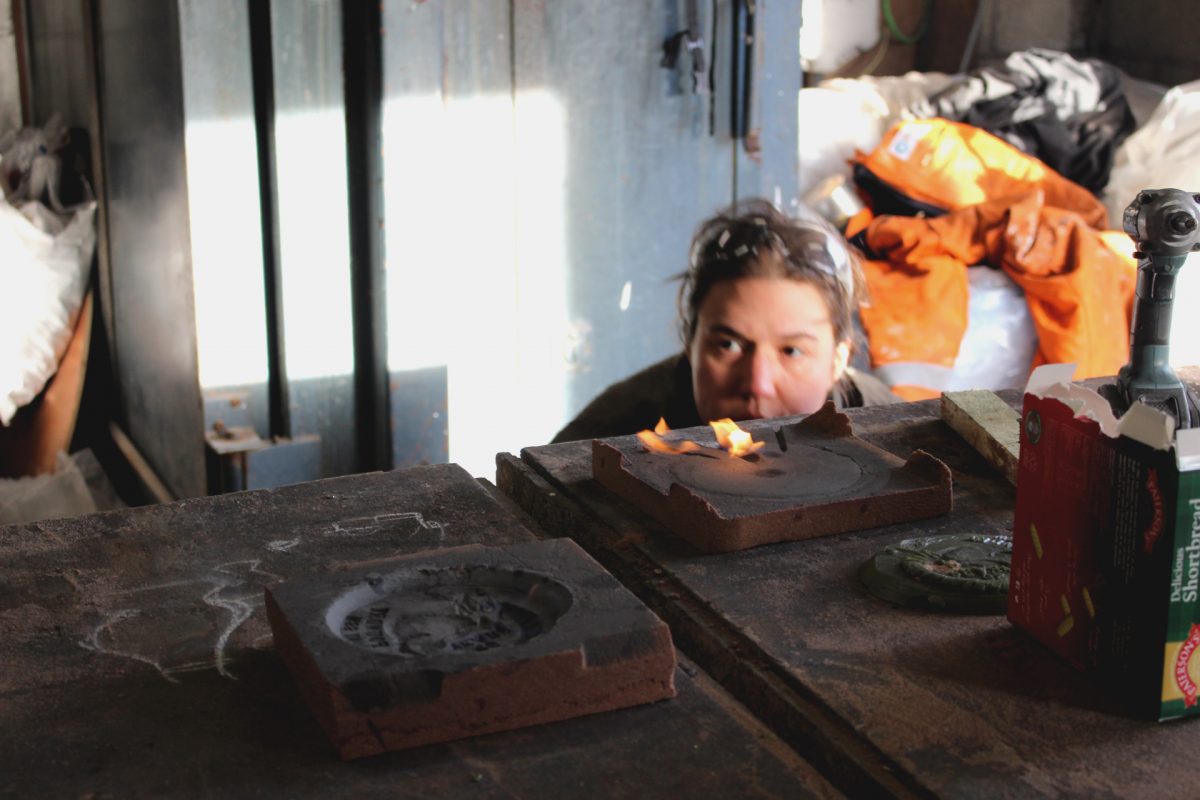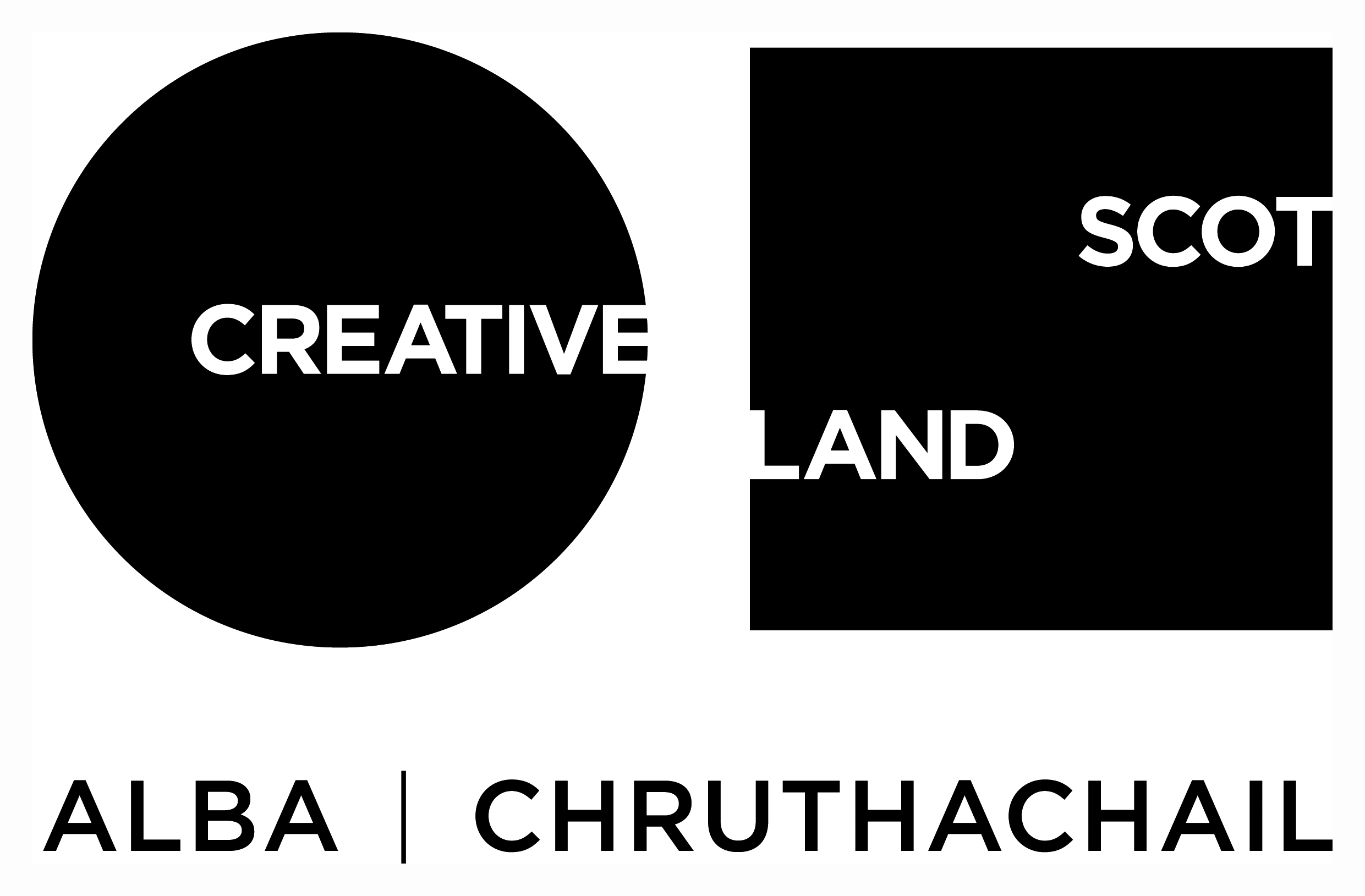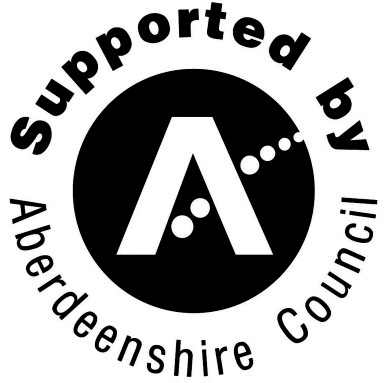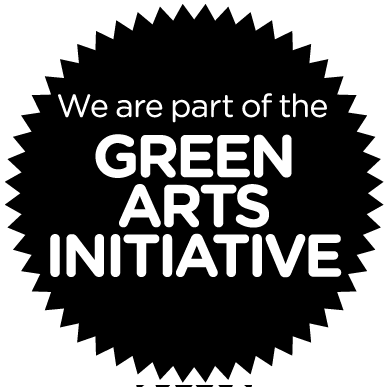A short reflection, written by Finn Arschavir, Infrastructures Intern at Scottish Sculpture Workshop:
I started four weeks ago as the first Infrastructures Intern the night before the crucible of molten iron was poured marking 40 years of making at Scottish Sculpture Workshop. The countdown to my final three weeks conclude during the winter solstice – here I am at the midpoint reflecting and looking forwards.
My role at SSW is to look at the infrastructures that support and sustain the place and its operations. I see this as a process of uncovering what Daisy Hildyard refers to as ‘the second body’ or ‘the global presence’ of the environmental implications of our actions. There has long been a focus on ecological matters in SSW’s programme, this is what drew me to the place – see projects such as Frontiers in Retreat and Into the Mountain. Now, as SSW plans for a new chapter and capital redevelopment, it is crucial for us to look at the internal workings of the site and turn this ecological awareness inside out. This entails an investigation into the kinds of materials we use and where they come from, the different ways things are made here and the food that fuels the residents and staff.
I knew this wasn’t going to be a simple task but since I’ve started it has grown arms, legs and tentacles and is sprawling in all directions. Without imposing practical limitations onto an enquiry into the origins and impacts of resources I could be here forever (which wouldn’t be such a bad thing). Once you start looking at these interconnections “you cannot stop the explosion of contextualisation” which Timothy Morton hails as the beginning of ecological awareness. It entails an acknowledgement that everything is connected to everything else in a biosphere of overlapping assemblages. However, I’ve found that more often limitations come from beyond my control. As I go, I come up against brick walls and opaque surfaces; companies safeguard their supply chains and proclaim ‘that’s commercially sensitive information’, other’s baulk at the sheer scale of such a question as to where the ingredients come from.
All this paints a picture of the inscrutable complexity of a globalised trade network where one small making facility in the north of Scotland is a miniscule part. Skimming the surface reveals lurking colonial legacies and the omnipresence of the petro-chemical industry. However, it is important to work through this entanglement towards visibility of these supply chains so that artists, thinkers and makers can take more informed decisions and we can begin to deshackle an extractive mindset from the forming of meaningful relationships with materials and making.
Some companies have plans to map their supply chains and industrial processes and to make this information available as ‘sustainability brochures’ for their products. This is both encouraging and frustrating; in the light of climate breakdown, there is a severe lack of urgency and we must be wary of efforts to greenwash damaging processes. To combat this, I am compiling a list of the more sustainable materials that are available that takes into account how far they have come from, their perceived life cycle including recyclability/potential for reuse, and whether they are renewable or finite. Of course, there are inadequacies to this strategy; it is beyond my capacity to work through the scientific methodology for calculating total embodied energy and carbon footprint for a material.
This research feeds into the first draft of the Scottish Sculpture Workshop’s Environmental Policy. A record of existing good practices will feature in this. A concrete working document for all site users including staff, resident artists and visitors should prove integral in moving the environmental agenda forward for the organisation. However, we’re excited to see how we can move beyond the corporate format and reflect the criticality of the programming in some other form that ties in with an ongoing line of questioning surrounding materiality, processes and collaborative learning, living and making.
There are important and challenging questions that frame my position at SSW that we hope to bring forward and expand. How do we (and should we?) reconcile the use of mined and drilled metals, petro-chemicals and minerals with the outward looking, multispecies solidarity that drives much of the work that happens here? Above and beyond this, Mirko Nikolić asks “if metallic capacities or affects have inspired and fuelled operations of capitalist/imperialist appropriation by extraction, are there alternative modes to entangle with metallic earths, and, more broadly, with nonlife, outside of the apparatuses of extraction and accumulation?”
In an age where digital technologies are prevalent, yet what and how they are made is closed and concealed within their gleaming bodies, the deeply troubling and problematic lineages of their materials is hidden. Unveiling and demystifying the principles behind fabrication processes, regardless of how clean or dirty they appear becomes significant and critical. Does it not become a radical if not profound act to share material knowledges, and disrupt dominant narratives and techniques of alienation within this shared learning experience?
Finn Arschavir is part of A+E Collective. He is based in Glasgow, and will be here at SSW until Friday 20 December 2019.






